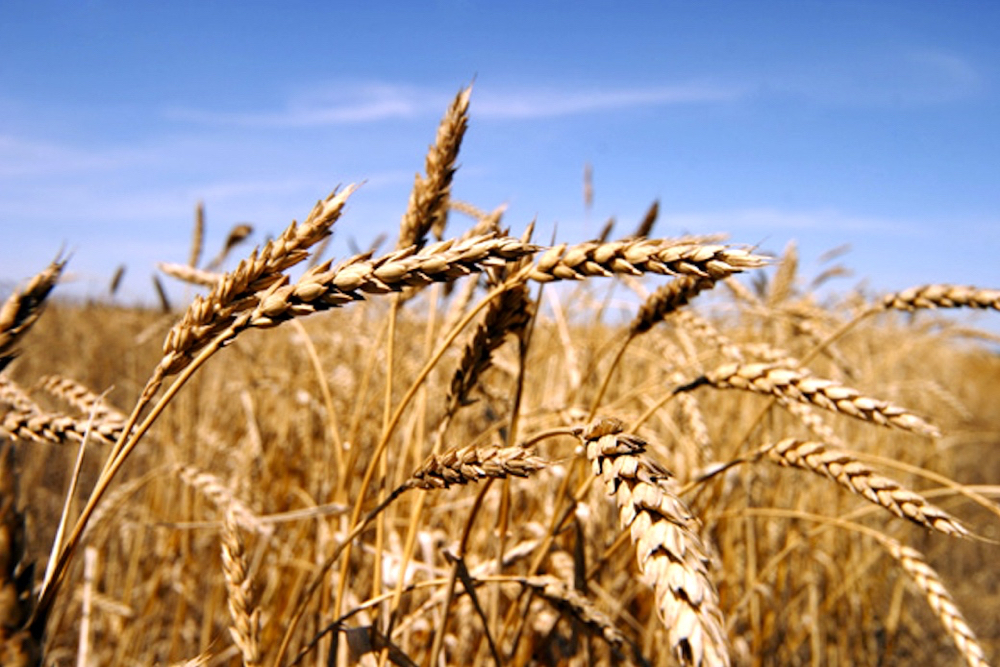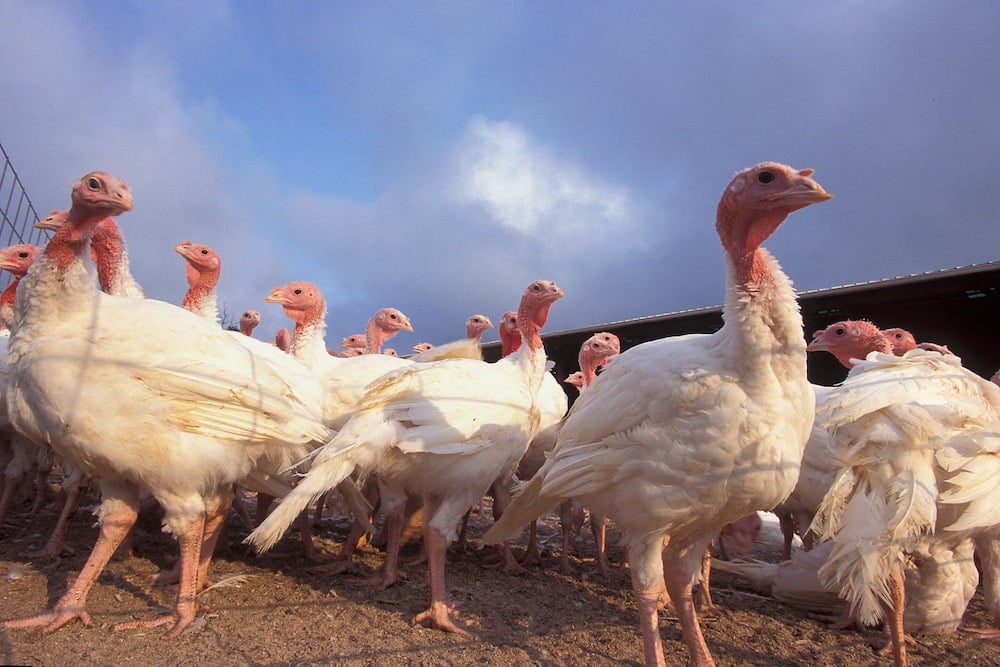High-protein wheat expected to survive tariffs

Glacier FarmMedia—A 25 per cent tariff on all Canadian goods exported to the United States would be painful, say market analysts, but some agricultural sectors, such as canola, may feel it more than others.
Meanwhile, high-protein wheat classes such as Canadian Western Red Spring (CWRS) may survive the new world order of international trade.
That’s because Canada exports its high-protein wheat into a global range of markets, many of which buy more CWRS than the United States.
Bruce Burnett, Glacier FarmMedia’s director of markets and weather information, says the U.S. will likely rely on its domestic supply of wheat if Canada balks at the tariffs.
Read Also


US turkey producers should ramp up bird flu testing, USDA says
U.S. poultry producers should ramp up testing and monitoring of turkeys for bird flu before they are slaughtered to ensure the virus stays out of the food supply, the U.S. Department of Agriculture said on Friday.
“I don’t really think (tariffs are) going to have a huge, huge impact on the wheat side, for two reasons,” he said.
“Number one, it looks like a lot of (U.S. and Mexican) companies have been stocking up on (CWRS). And the second thing is basically that it’s regionally significant, but it’s not significant across the board for Canada, relatively speaking.”
Those regions include Manitoba and eastern Saskatchewan, which may suffer at a local level because the majority of wheat destined for the U.S. flows from those locations.
“Durum’s much the same,” he said.
“Nothing in the extreme west or Alberta goes that direction because the freight is not advantageous.”
Derek Brewin, an agricultural economics professor with the University of Manitoba, doubts the tariffs will have much impact on CWRS prices.
“I don’t think a small reduction in flows to the U.S. will hurt Canada as much as the tariffs will hurt canola oil, where the U.S. is their major buyer,” Brewin wrote in an email.
“There is a huge share of Canadian Hard Spring that flows out of Vancouver to final customers in Asia and the Middle East and west coast Latin America. If the U.S. adds a tariff on our wheat, it is more likely to drive up U.S. hard spring prices than have much effect on those trade flows or prices at the West Coast.”
Some Canadian high-protein grain growers wonder how the tariffs might affect premiums for protein, but Burnett said any effects would be minimal or non-existent because premiums usually follow a poor growing season when protein is rare.
“The protein premiums are essentially determined by how much protein we have and the quantity of it. And we have good protein from last year and there was lots of it. So that’s the reason why the protein premiums are flat right now,” he said.
“The worst type of year is when we get into one of those wet years (where) the protein’s lower and then the harvest is wet, so the amount of millable wheat is lower as well. And then we see protein premiums drop into the market.”
CWRS is a hard wheat known for its high protein content and milling and baking value. Cereals Canada’s 2024 executive summary pegs average Canadian CWRS production at slightly less than 22 million tonnes from 2019-24.
It projects Canada will export 25.7 million tonnes of wheat to 80 countries in the 2024-25 crop year, making Canada the world’s third-largest exporter of wheat and the top exporter of high-quality, high-protein wheat for the second year in a row.
“On most of the Prairies, CWRS pencils out as the highest-return wheat crop,” Brewin said.
“Some of the irrigation areas in southern Alberta switch to soft wheats and some of the drier parts of Saskatchewan switch to durum. That means most of our exports have been CWRS.”
Specific data on how much CWRS is exported to the U.S. can be surprisingly hard to find. However, a Cereals Canada pie graph representing Canadian grain destinations features the U.S. as a relatively small sliver, about the same amount as Bangladesh and Peru. China and “rest of world” make up half the graph.
Burnett is fairly optimistic about the state of CWRS trade over the next few months.
“What will happen is the demand from the U.S. will be replaced by other destinations for the product. There will be a question as to whether or not they pay a premium or whatever, but it’s like anything else: there’s other markets out there that will take CWRS,” he said.
“Up until the end of November, Peru imported more Canadian wheat (than the U.S.) and it was all CWRS, pretty much. Nigeria is similar. Mexico imports almost as much.
“So there’s a bunch of countries in there that are buying these wheats.”
Burnett believes spring wheat demand will improve as the harvest in the Southern Hemisphere wraps up over the next few months.
“So I don’t think (tariffs are) going to have a huge impact compared to things like canola oil or stuff like that, where it could have impacts upstream into our crushing industry.”
Ultimately, Burnett doesn’t think it’s time to push the panic button over U.S. tariffs, at least on the wheat side.
“You never like to see a market get eliminated from you, and the tariffs would do that.”
Source: Farmtario.com

